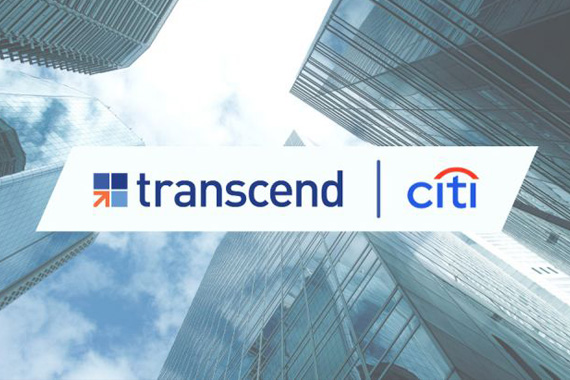The Future of Collateral Management
Demands on collateral are increasing due to regulations such as UMR and the ever-changing market landscape. As a result, firms are now evaluating how to enhance their technology. Doing so allows them to not only better manage inventory, but also drive improved performance and control. Transcend’s BJ Marcoullier recently discussed the future of collateral management during the Collateral of Tomorrow panel at the Securities Finance Times Technology Symposium. In this article, we highlight three of the key takeaways from the session.
There are three main drivers contributing to the recent increase in collateral utilization
ISDA’s Annual Margin Survey revealed an approximate 5% increase in HQLA utilization between 2019 and 2020. There are several factors that have contributed to this increase:
Firstly, there is a mandated push to reduce counterparty risk and overall risk in the market. Uncleared margin rules are driving firms to initial margining and segregated collateral. Secondly, after the market volatility of March 2020, firms recognize the importance of prudential risk. As a result, many are adding HQLA and capital buffers to better cover exposures during periods of market uncertainty. Lastly, because firms must manage liquidity risk such as LCR and NSFR, there are leverage constraints in the market that impact trading and client financing in the secondary market. Accordingly, firms must manage these binding constraints through collateral.
Enterprise-wide collateral connectivity will become essential in the near future
When surveyed about where they thought though the collateral ecosystem would be in five years, 75% of event attendees thought the future of collateral management would include the delivery of enterprise-wide cross-product collateral efficiency. Collateral data often lives in siloes across business departments, regions, and internal/external systems. Without a centralized and integrated obligation, supply and eligibility data framework, firms cannot fully analyze what collateral to allocate across all trades, shells, and margin calls across the enterprise. Once this data is connected, firms will not merely meet their requirements, they can make more strategic business decisions.
Technology is critical to keeping up with increasing collateral velocity
During the market volatility in March 2020, there was a heightened emphasis on the inadequacy of existing collateral technology capabilities. Firms struggled to manage the volume of margin calls and disputes, as well as accurately forecast collateral obligations. As a result, firms are now examining their existing capabilities to fill in the recently underlined operational and performance gaps. Because it is unrealistic to completely replace an existing technology stack, firms require a solution that sits on top of their current infrastructure to connect and standardize data. As agile development strategies continue to increase, technology offers a scalable and “future-proof” solution to stay ahead of changing business, regulatory, and industry requirements.
Transcend is bringing future-generation collateral solutions into the present
Transcend’s suite of technology solutions offers the collateral connectivity, harmonization, analytics, optimization and automation capabilities required to not only satisfy increasing collateral demands, but also gain a competitive edge. Learn more.







